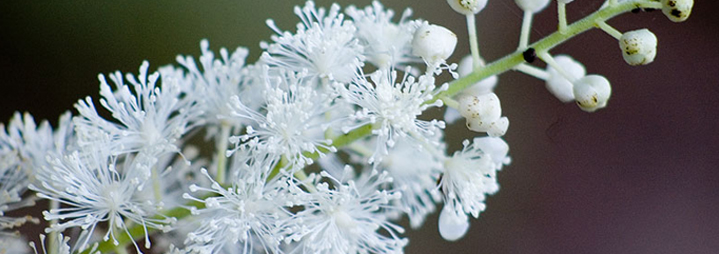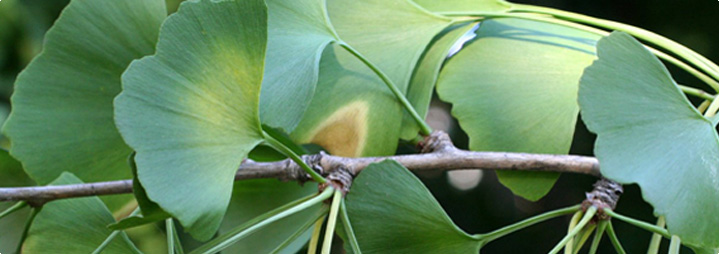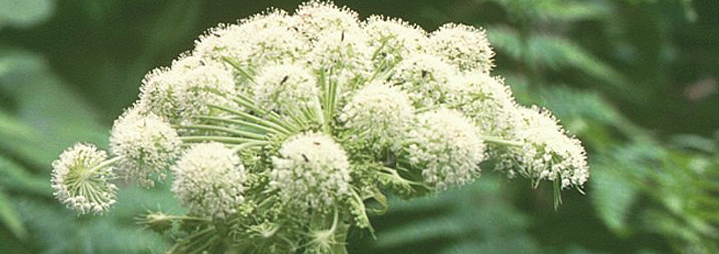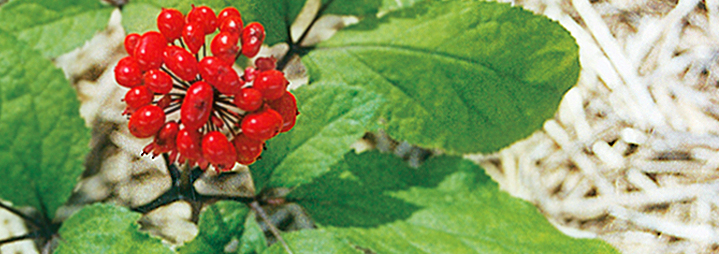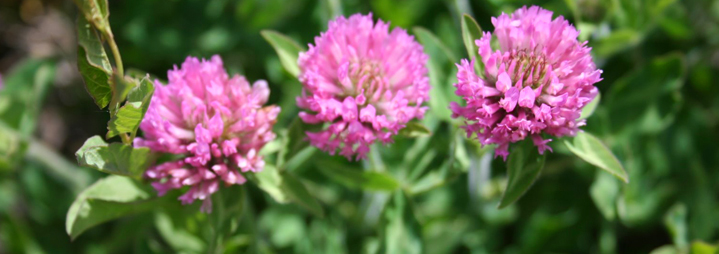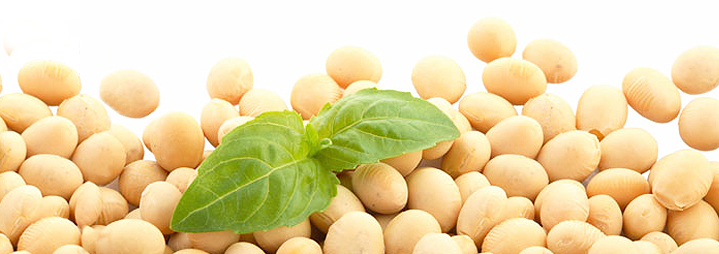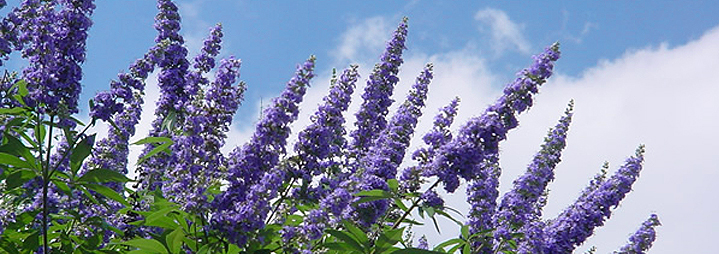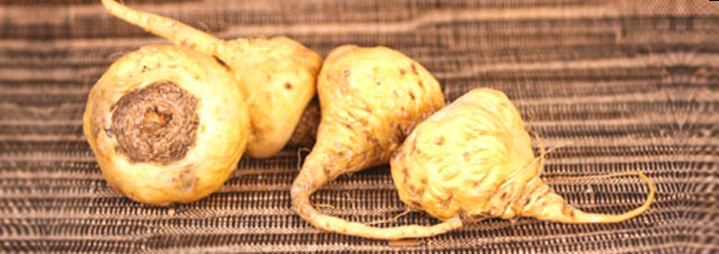How Can Phytotherapy Relieve Hormonal Imbalance During Menopause?
 You’re going through menopause, and the symptoms have left you in agony. Hot flashes, abdominal pain, mood swings and joint pain have you wondering when it will all end. Maybe you’ve tried to improve your diet and exercise more, but pain is still keeping you up at night. What to do?
You’re going through menopause, and the symptoms have left you in agony. Hot flashes, abdominal pain, mood swings and joint pain have you wondering when it will all end. Maybe you’ve tried to improve your diet and exercise more, but pain is still keeping you up at night. What to do?
Before you turn to risky and expensive prescription medications and hormone replacement therapy, consider herbal supplements to help relieve your symptoms. Phytotherapy, literally "plant therapy," has been gaining traction among menopausal women in recent years. Though further studies on the effectiveness of this treatment is needed, women have turned to it in hopes of finding an inexpensive and natural alternative to more established treatment options.
Keep reading to learn more about the benefits and side effects of phytotherapy in the treatment of menopause.
What is Phytotherapy?
Walk down the supplement aisle of any health foods store, and you’ll find herbal treatments for seemingly every ailment. But where do these supplements come from? And how can you know if they are effective?
 Unfortunately, studies are inconclusive on the effectiveness of most herbal treatments. That said, most herbal supplements are rooted in the medicinal traditions of their country of origin. They are typically thought to have benefits, rather than known to.
Unfortunately, studies are inconclusive on the effectiveness of most herbal treatments. That said, most herbal supplements are rooted in the medicinal traditions of their country of origin. They are typically thought to have benefits, rather than known to.
For the treatment of menopause, herbal remedies can be divided into two categories: estrogenic and non-estrogenic. Keep reading to learn more about what makes them different.
Estrogenic herbs
Estrogenic herbs contain phytoestrogen, a plant hormone thought to mimic estrogen in the human body. These herbs include:
. Black Cohosh
. Dong Quai
. Ginkgo Biloba
. Ginseng
. Soy
. Red Clover
By balancing estrogen during a time of hormonal imbalance, estrogenic herbs are thought to relieve many of the symptoms of menopause.
Non-estrogenic herbs
 Contrary to estrogenic herbs, non-estrogenic herbs do not contain large quantities of plant hormones. They work instead by stimulating the glands that produce the body's natural hormones. Macafem is one example of a non-estrogenic herb.
Contrary to estrogenic herbs, non-estrogenic herbs do not contain large quantities of plant hormones. They work instead by stimulating the glands that produce the body's natural hormones. Macafem is one example of a non-estrogenic herb.
Choosing the Right Supplement
Combined with improved diet and exercise, phytotherapy can be an effective, natural alternative to costly medical treatments during menopause. Talk to your doctor however, if your menopausal symptoms worsen or if you have concerns about combining herbal supplements with other medications. Click the following link for more information about herbs for menopause.









